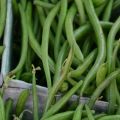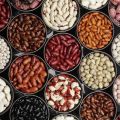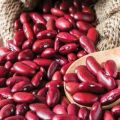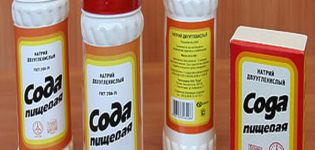Which beans are better and healthier than white or red, how do they differ
The variety of crop varieties makes the choice of a summer resident difficult. He naturally wonders which type of beans is healthier. Some choose by trial and error, growing different varieties and choosing the best. And some turn to sites on the Internet.
What is the difference?
There are more than 250 varieties. What is the difference between one species from another. Sorting out this is not so difficult. Distinctive features of all varieties from each other is the amount of nutrients that make up the composition, how they are preserved during heat treatment.
The difference in varieties starts with the appearance of the plants, the beans, and the beans themselves. Finishing with a chemical composition.

Varieties
The variety of varieties is divided into categories, it is difficult to highlight them. Better to refer to classifications to appreciate the diversity.
They are divided into 2 main types:
- Asian, long beans, small seeds.
- American beans are short beans large.

According to the structure of the bush, there are:
- bush;
- curly;
- creeping.
The use of the fruit assumes the following classification:
- shelling;
- sugar.
By ripening time:

- early;
- medium;
- late.
By seed size:
- small;
- medium;
- large.
Another classification is based on color. Distinguish:
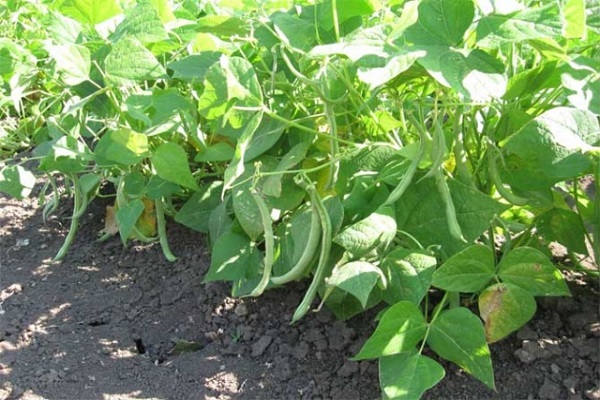
- white;
- red;
- black;
- colored and many others.
White
White culture contains less protein than red beans. It is recommended for overweight people and the elderly. The use of such a product improves the functioning of the heart and cleanses the blood vessels.
Popular varieties:
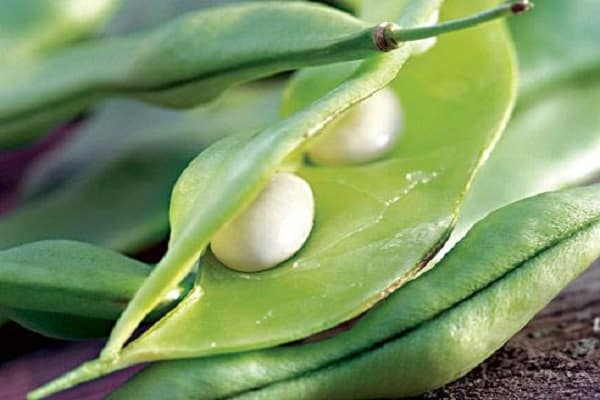
- Nevi.
- Chali.
- Black eye.
White seeds are in demand among summer residents, so breeders have bred many varieties. Among them there is the most diverse, including bush, curly and many other types.

Red
Among the useful properties is protection against premature aging. Since it contains antioxidants that remove harmful substances from the body.
Popular varieties among summer residents:
- Tomato.
- Tashkent.
- Early ripening.
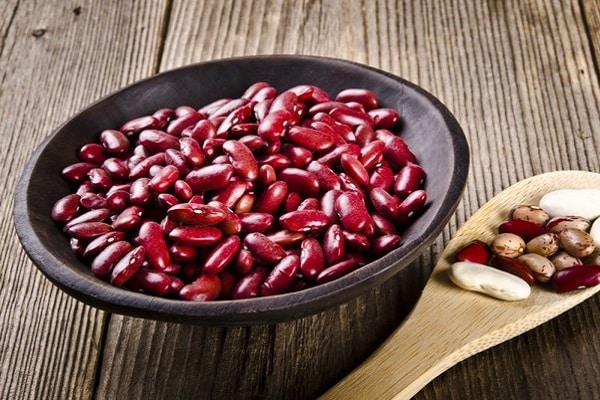
Black
A rare variety that has a low degree of distribution among summer residents. But no less useful. Due to its high protein content, it can replace meat. Normalizes bowel function.
There are few such varieties, but varieties are very widespread:
- Kidney.
- Preto.
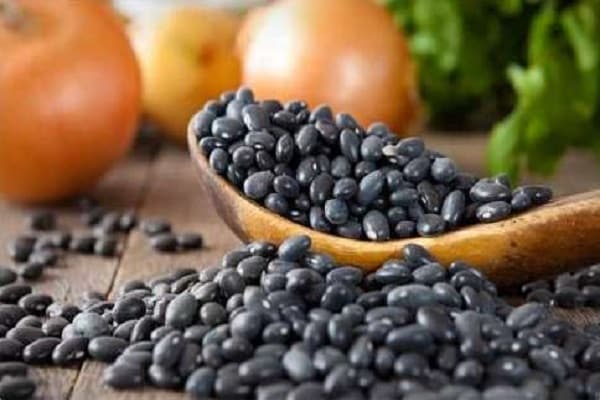
Feature black beans in that it is used to prepare any dish without restrictions.
Asparagus
Beans, which belongs to this type, are grown by summer residents due to the rich chemical composition of nutrients. Eating asparagus beans has a beneficial effect on the skin and hair.
Common varieties:

- Scuba.
- The purple queen.
- Caramel.
- The oil king.
- Second and others.
The varieties of the culture are dietary, therefore they are actively consumed by people adhering to a diet.

Leguminous
The nutrients that make up it are very diverse. Regular use helps improve body function.
Popular varieties:
- Sachs 615.
- Sweet courage.
- Golden nectar and others.

In what form is it more useful
Beans stored long, but provided that the necessary measures are taken. Summer residents are wondering in what form it is more useful to use culture. It will not be possible to answer it unequivocally; all possible options should be considered.
Fresh
In this form, beans are not used, as they contain toxic substances that can cause poisoning.
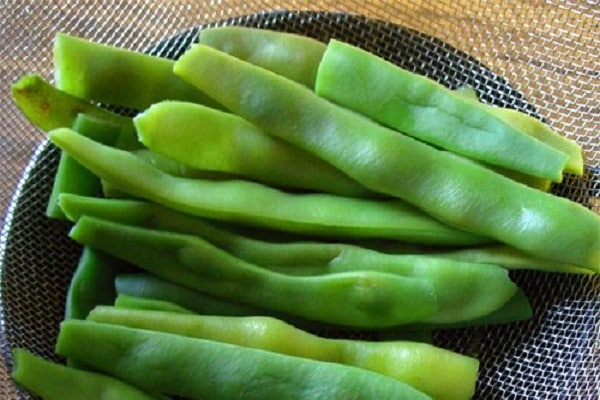
Frozen
This type of product loses a significant amount of nutrients. But nevertheless, there are many benefits from it.
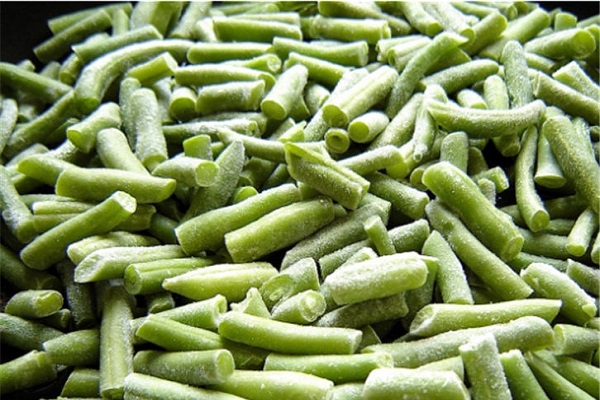
Canned
When pickling, 70% of nutrients are retained. Therefore, this method is the most beneficial of all.
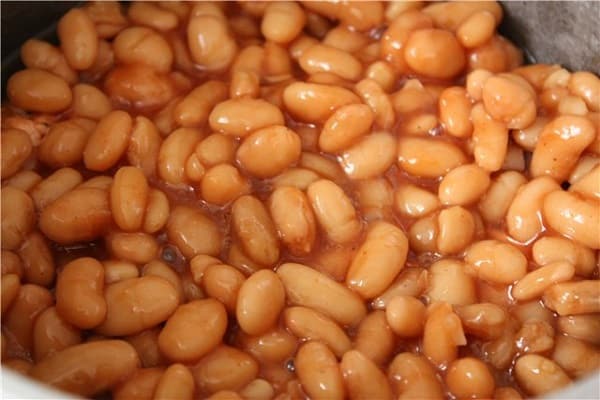
How to choose the right one
When choosing, you should carefully look at the appearance. Low-quality beans will spoil the taste and, moreover, can harm the body.
High quality features:

- Looseness.
- No plaque.
- No impurities.
- Smooth surface.
- The seeds are the same size.
Most often, parasites infect white beans, so special attention is paid to examining their appearance.
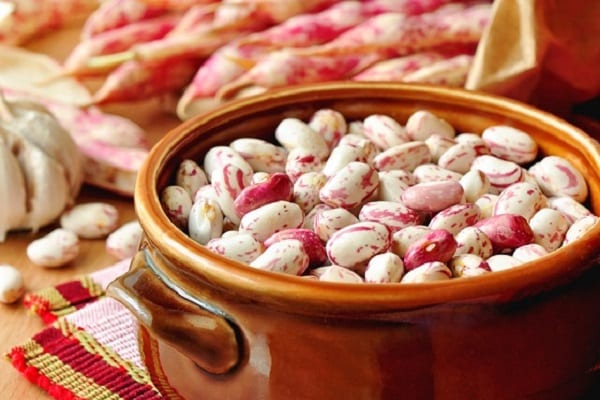
Beneficial features
Nutritionists have put beans in the list of the 10 most beneficial foods for humans. The properties of this culture have been known for a long time, and everyone knows that it is useful.
- The use of the product will help to recover from injury.
- Culture saturates the body with sulfur.
- Helps normalize blood sugar.
- Prevents the formation of tumors.
- Stimulates the stomach and more.
Regular use will help to assess the effect on the body.
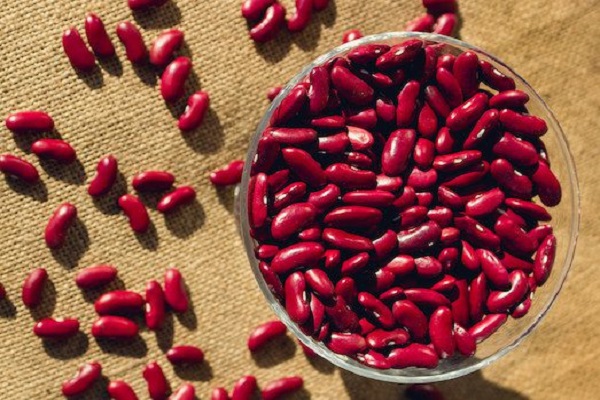
Composition and calorie content
In 100 gr. raw legumes contain 289 kcal, while boiled legumes contain only 110 kcal. The chemical composition differs in small deviations, but in general is practically the same.
- proteins - 21.05 g;
- carbohydrates - 54.03 g;
- fat - 2.02 g;
- pectin - 3.71 g;
- fiber - 3.83 g;
- water - 14.04 g;
- monosaccharides and disaccharides - 3.11 g;
- starch - 44.21 g;
- ash - 3.53 g.

Micro- and macroelements that make up the culture: zinc, fluorine, iron, iodine, phosphorus, calcium, potassium, and others. In addition, it contains vitamins PP, B1,2,6,9. and E.
Benefit and harm
There is a lot of talk about the positive impact of eating culture, but there are also harmful properties that can cause irreparable damage to health.
Do not eat raw red beans.
Beans are not recommended for people with gout. Limit use should be those who are sick:

- jade;
- pancreatitis;
- colitis;
- stomach ulcer;
- cholecystitis;
- liver diseases.
Storage methods
If all the rules are observed, legumes are stored for several years. It is important to dry them well beforehand. The beans are frozen and canned. All this is done in order to preserve the beneficial properties of the product.
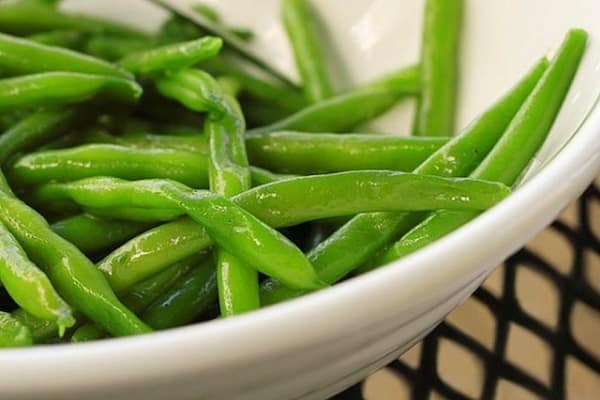
Cooking tips for different types
Green beans are easily cooked. But many other types are better to pre-soak for several hours by placing in the refrigerator.
Another tip is given by housewives to pour the beans with water, then bring to a boil, cook for a few minutes, then remove from heat and wrap. When 2 hours have passed, drain the water, rinse, and cook until tender.
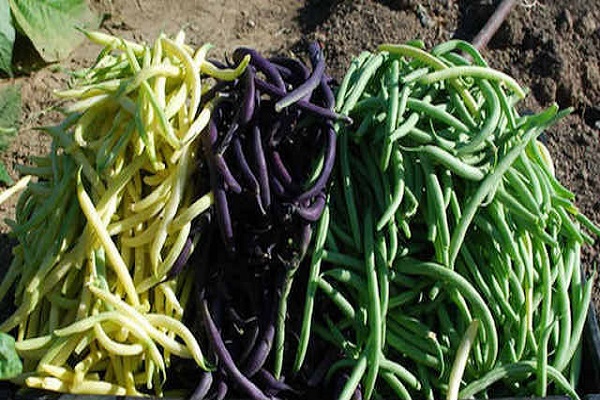
After boiling, the water is drained and poured in new. So the product will retain most of the nutrients.
The degree of usefulness of beans cannot be judged unequivocally, each type is valuable in its own way.





